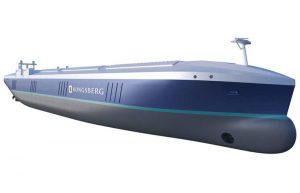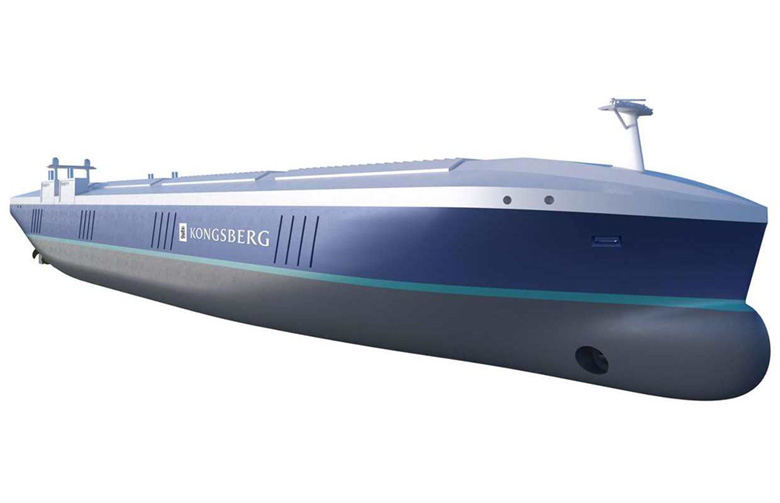
There’s been much talk over the years about the development and deployment of autonomous vessels—ships that have the capability to fully function without the need for a human crew to be actively involved.
Operations of these captain-less ships can be remotely managed by personnel on the shore, or else the ships can have various advanced technologies onboard or elsewhere for performing the operations.
For the most part, progress in the realm had been slow but steady, then like much of everything else, things were slowed by the COVID-19 pandemic. But according to a new report, things might be picking up again to the point that the technology could take a big leap forward in the next few years.
A major test of a crewless vessel took place in Asia a few months ago. Orca AI, a navigation safety software firm, revealed mid-March that it had just participated in what it called the world’s first autonomous commercial ship voyage in congested waters.
The test, conducted in conjunction with the Nippon Foundation and a consortium going by the name of Designing the Future of Full Autonomous Ships, or DFFAS, was completed after 40 hours of navigation, during which full autonomy was activated 99% of the time.
The trial, according to Orca AI, was performed by cargo ship Suzaku, a 749 gross ton vessel chosen for the project by the DFFAS consortium, comprising 30 Japanese companies and led by NYK group company—Japan Marine Science Inc. and MTI Co. Ltd.
“During the trial, the vessel automatically performed 107 collision avoidance maneuvers on the outbound voyage alone, with the program director at the consortium suggesting that the system avoided a total of 400 to 500 ships,” Orca AI said in a statement.
The voyage, which started from Tokyo Bay—one of the most congested routes in the world—sailed towards the port of Tsumatsusaka in the Ise Bay.
Another trial took place during in the first quarter of the year when a number of Japanese companies participated in the launches of what they say are two fully autonomous container ships.
The first test was with the container ship Mikage, a 313-foot (95-meter) vessel owned by Mitsui Lines, according to reports. It took place between Jan. 24-25 along coastal waters. The unmanned ship departed Tsuruga Port on the Sea of Japan and traveled 161 nautical miles to Sakai Port near Osaka, using a system of radar and lidar sensors, cameras, and a satellite compass to navigate.
“The Mikage even pulled itself into a berth at the end of its journey, using flying drones to drop ropes down to dock workers waiting below to secure the ship,” according to a report by business news website Quartz.
The second self-sailing ship, the Suzaku, was tested on a Feb. 5 journey between Tokyo Bay and Ise Bay.
These developments and others is expected to lead to increased financial investment in the technology, industry observers have said.
According to a new analysis by ReportLinker, a technology company that uses artificial intelligence to deliver market data and forecasts to help analyze business sectors, investment in autonomous ship development is expected to increase by nearly 9% over the next four years.
“Amid the COVID-19 crisis, the global market for autonomous ships estimated at $7 billion in the year 2022, is projected to reach a revised size of $10.1 billion by 2026, growing at a CAGR (compound annual growth rate) of 8.9% over the analysis period,” according to the report.
Growth of the autonomous market is expected to be driven by the surge in sea-based trade globally due to its cost effectiveness in comparison to other transport modes, as well as a shortage of trained and experienced sailors, according to the report, which was released May 10.
“The rising use of connected smart ships, given their various advantages such as fleet health monitoring data and vessel traffic management data are also benefitting the market,” the analysis states. “Furthermore, the rising investments being made for the R&D (research and development) and construction of autonomous ships are also fueling market growth.”
So, in short, while a future where self-steering ships pull into West Coast ports isn’t exactly right around the corner, it’s definitely on the horizon and something to keep an eye on.
Managing Editor Mark Nero can be reached at mark@maritimepublishing.com

